SUMMARY
This is AI generated summarization, which may have errors. For context, always refer to the full article.
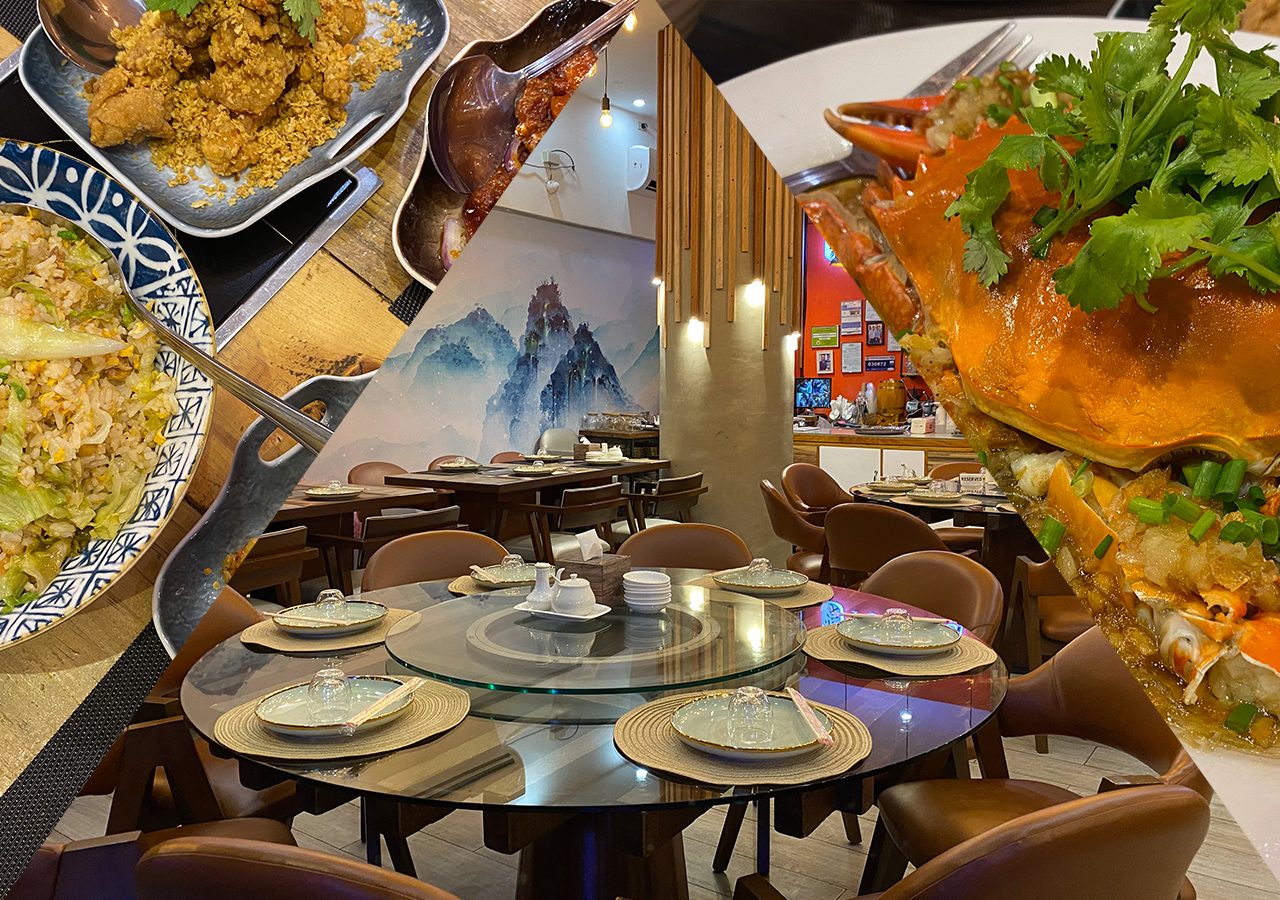
MANILA, Philippines – I’d like to think of Teakha as that humble neighborhood restaurant that doesn’t really cause much frenzy but easily becomes a regular go-to spot when you don’t know what to eat. It’s familiar comfort food on a plate, and a reliable answer to Chinese food cravings, any time of day.

Teakha, a modest restaurant that just opened in April, is situated at an unassuming bit of sidewalk along busy Shaw Boulevard. However, enter and it feels like you’re in a hip community café – industrial-modern accents and warm lighting surprisingly mesh with a few traditional Chinese restaurant elements, like Lazy Susan tables, leather chairs, hand-painted scenic murals, and frosted glass walls.

This marriage of modern with authentic reflects in Teakha’s menu – family recipes that have been passed down but adjusted accordingly to fit a younger, more Filipino palate. It’s Chinese food that stays true to its roots, but doesn’t taste like the oily, heavy, and MSG-laden kind of fare that you typically get from other restos. It’s “reliable comfort food,” Kyle Go, co-owner and project manager of his family’s restaurant, told Rappler, served in a casual setting amid a family-friendly and homey ambiance.
Let me teak-ha on a journey
Teakha’s sole branch was founded by the Go family, who had no prior restaurateur experience, nor any background in marketing or branding. The Go family would only do catering services and private events for friends and acquaintances, and relied heavily on word of mouth.
“During the pandemic, we decided to just take a leap of faith and actually create a restaurant. Since we already established our niche, we started working on branding and began beefing up the menu. We made sure to tweak our dishes to capture the palate of Filipinos, but still have that authentic Chinese taste,” Go said.

This was a risk, though, considering the amount of Chinese restos just in the Metro alone. What did Teakha want to be known for? “Reliably good food,” Go said. Most of Teakha’s menu are common Chinese staples, anyway, so why not “allow our customers to enjoy the same fresh and authentic taste on their fifth visit, the same way they did on their first?”
“We’re proud to say we’ve built a loyal base of repeat customers since we opened early this year,” Go added. It also helps that Teakha remains family-owned – an advantage is that they get to know and talk to the customers themselves.
“Nothing beats having a direct relationship with the people who frequent Teakha. We can also easily adjust our approach on our food and services based on their feedback,” Go said.
Chinese, but make it comfort
As soon as we were seated, we were given complimentary hot tea before our meals; after all, that is what’s behind Teakha’s name. “Kha or Jia means ‘house,’ so Teakha means ‘tea house,'” Go said.
We tried the Chef’s Recommendations for dinner – Teakha’s chef has over 20 years of experience under his belt and was mainly trained on Chinese cuisine, but the menu is a team effort when it comes to the taste and presentation, Go said.
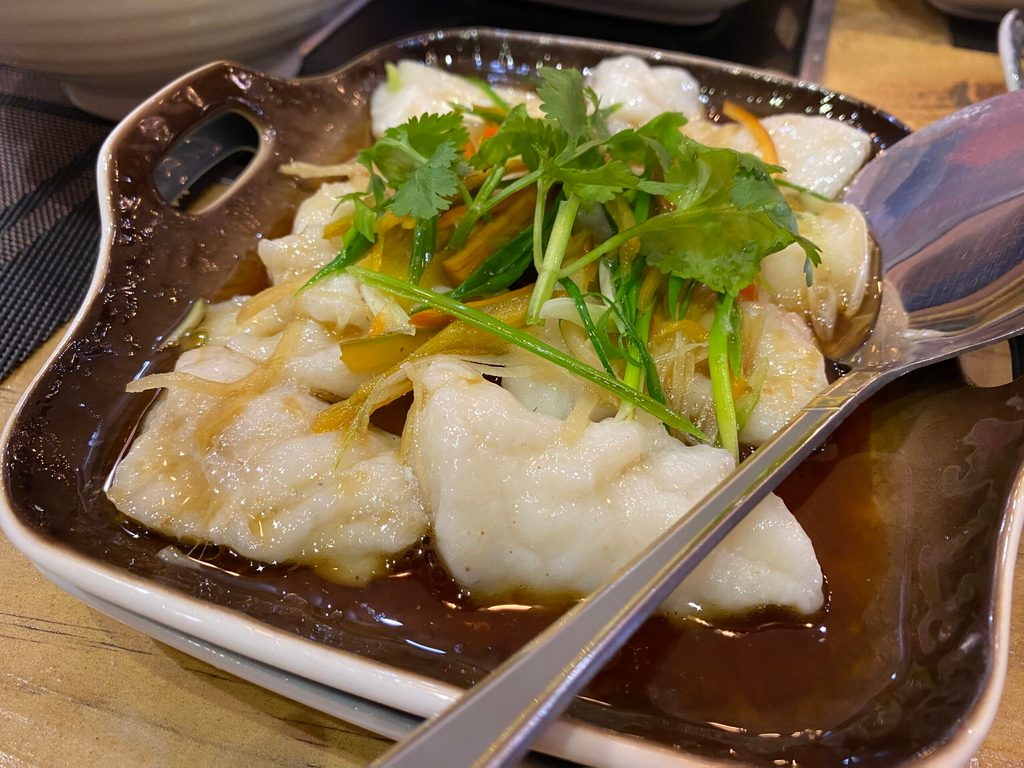
Our dinner started with the Steamed Lapu-Lapu Fillet with Soy Sauce, a delicate entrée of soft, buttery lapu-lapu fillet topped with grated ginger and served atop a light soy sauce. If you love anything soy-ginger (with an especially strong punch of ginger), this is a simple addition to your feast.

The Salted Fish Fried Rice is a less oily take on yang chow – stir-fried jasmine rice is mixed with salted fish and veggies for a filling rice option.

Pair that with the Kingdao Spare Ribs, a Hong Kong special of fork-tender, juicy pork spare ribs that are marinated in a sweet-savory sticky glaze.
The personal favorites I would particularly go back for include the Nestum Chicken, a dish that fondly reminded me of cereal prawns, but using deep-fried boneless chicken instead.

It’s juicy fried chicken pieces covered in a crisp coating of nestum cereals (yes, the Nestle product), flavored like the coatings of a cereal prawn: with a lot of umami and a touch of sweetness.

Another favorite was the Salted Pepper Squid, a simple but solid staple I always order from Asian restaurants. This version didn’t disappoint at all; soft, tender cuts of squid were lightly-coated but crispy, with just the right amount of saltiness, balanced by the slightly sweet vinegar it’s served with.

The Steamed Crab with Garlic and Sotanghon was easily the centerpiece of the feast – a huge crab is conveniently cut into easy-to-eat pieces, cooked in a simple garlicky sauce that wasn’t overpowering and served atop equally garlicky sotanghon noodles. The crabmeat was fresh, soft, and well-cooked.
“To maintain that authentic Chinese cuisine taste, we use a combination of imported and locally-sourced ingredients. We’re also very big on using only the freshest ingredients. Our crab, lobster, and clam dishes are only available for advance orders. The main ingredients are bought live on the day of the customer’s visit,” Go said.
Teakha’s menu offerings are available in three shareable sizes: small, medium, and large, with modest prices ranging from P300 to P600, and P800-900 for the large servings of beef shanks, prawns, seafood, crabs, and the like.

And of course, what’s a hearty Chinese dinner without dessert? There’s Tri-Color Buchi available in white bean, ube, and chocolate flavors – it was good, but I was hoping for the buchi to be chewier and softer, and less doughy.

The Almond Lychee was just like the usual, but our favorite would be the Mango Sago with Vanilla Ice Cream, a likable favorite of kids (and the kids-at-heart). A generous scoop of vanilla ice cream is served with tiny sago balls and fresh ripe mango; a refreshingly sweet cap-off to a satisfying meal. While you’re at it, try the Apple Lemon Shake and Black Gulaman for sweet thirst quenchers.
“Maintaining taste is key. We want people to enjoy good Chinese food within a reasonable price range,” Go said.
True enough to Go’s promise of return customers, my first thought after dining at Teakha was, “I’d like to come back here again.” Even thought it wasn’t an upscale, wow-worthy restaurant, it was one that left an impact, and one I would love to teak my family to the next time around.– Rappler.com
Teakha is located along 707 Shaw Blvd, Pasig City. It’s open daily from 8 am to 11 pm.
Add a comment
How does this make you feel?

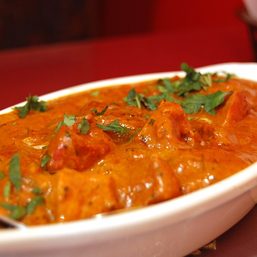
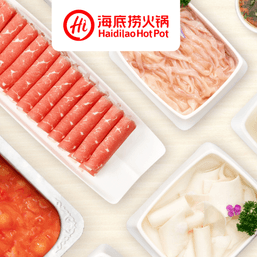
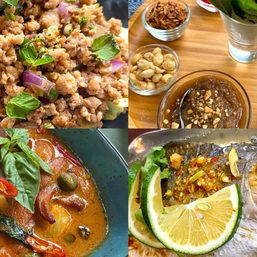
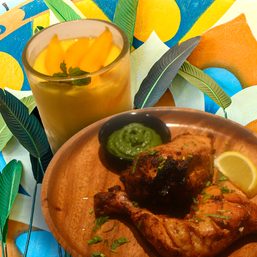
![[OPINION] Symbols of Pinoy greatness: The Philippines’ tallest statues](https://www.rappler.com/tachyon/2024/02/the-victor-february-21-2024.jpg?resize=257%2C257&crop=494px%2C0px%2C1080px%2C1080px)

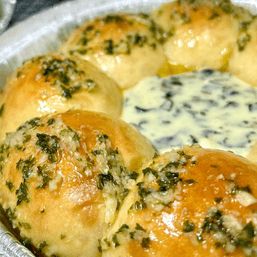
![[WATCH] How public libraries in the metro strive to be community hubs](https://www.rappler.com/tachyon/2023/10/title-card-ls-2.jpg?resize=257%2C257&crop=411px%2C0px%2C1080px%2C1080px)
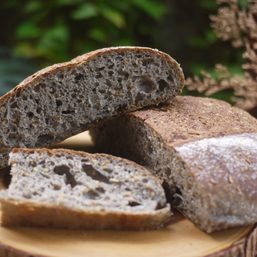
There are no comments yet. Add your comment to start the conversation.